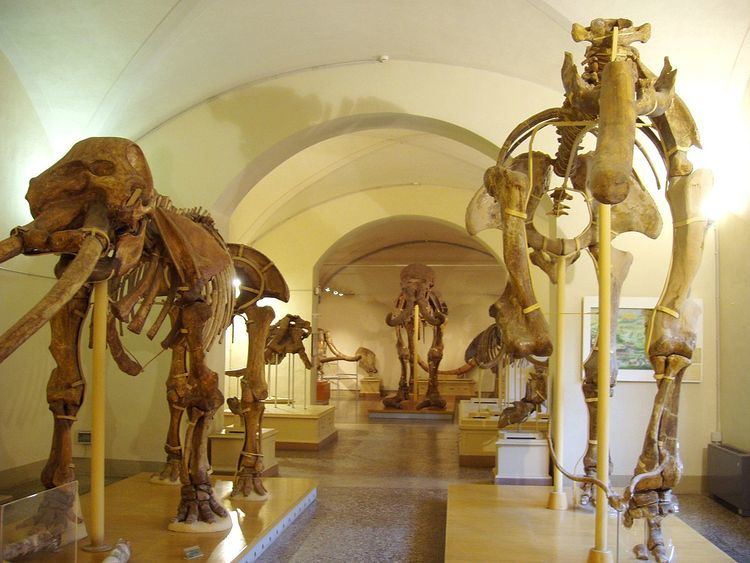Website www.msn.unifi.it | ||
 | ||
Established February 21, 1775 (1775-02-21) | ||
The Museo di Storia Naturale di Firenze is a natural history museum in 6 major collections, located in Florence, Italy. It is part of the University of Florence. Museum collections are open mornings except Wednesday, and all day Saturday; an admission fee is charged.
The museum was established on February 21, 1775 by Grand Duke Pietro Leopoldo as the Imperial Regio Museo di Fisica e Storia Naturale. At that time it consisted of several natural history collections housed within the palazzo Torrigiani on Via Romana. Through the past two centuries, it has grown significantly and now forms one of the finest collections in Italy.
Collections
Today's collections are as follows:
References
Museo di Storia Naturale di Firenze Wikipedia(Text) CC BY-SA
